Sex-related conversations can be awkward. It’s no wonder 62% of teens say no one has talked to them about the dangers of watching porn. But this isn’t a conversation you can afford to skip. Porn is addictive, destructive, and harmful for our kids mentally, spiritually, and emotionally. As dads, we need to know how to protect children from pornography.
And if you think your kids aren’t looking at porn, the statistics suggest you might be wrong. According to a nationally representative survey of U.S. teens, 84.4% of teen boys and 57% of teen girls have viewed pornography. First exposure is trickling down into the elementary years with current statistics indicating many children are accidentally exposed to pornography between the ages of 9 and 13. But before and even after it does, you can protect your kids.
How Kids Find Porn
There are a couple ways kids can stumble across pornography online. Sometimes they look at it out of a natural curiosity. They’re eager to learn and want answers about sex. If they don’t get the answers they want and need from you, they’ll look for them elsewhere, and porn is undisputedly the worst possible version of sexual education. Even if they’re not looking for it, your kids will likely stumble upon porn. It’s everywhere, and if your child has access to the internet, they have access to porn.
Why Porn Is So Prevalent
In the United States alone, pornographic websites are a billion dollar industry with an annual revenue matching that of the NCAA. The porn industry is financially thriving and very motivated to continue pursuing customers.
But with so much competition in the industry, they constantly need to be attracting and keeping new viewers. To do so, they are escalating to more extreme fantasies, including violence. Studies estimate one out of every eight porn titles shown to first-time porn site visitors (aka possibly your kids) describes acts of sexual violence.
Violence in Porn
“Thirty years ago, ‘hardcore’ pornography usually meant the explicit depiction of sexual intercourse,” writes Dr. Norman Doidge, a neuroscientist and author of The Brain That Changes Itself. “Now hardcore has evolved and is increasingly dominated by the sadomasochistic themes…involving scripts fusing sex with hatred and humiliation.”
The porn industry is offering our kids dangerous and nonconsensual views on sex, and it has frightening implications for both our sons and daughters. One recent US study analyzed a sample of pornography videos for themes of male aggression and female submission. Results showed that 88.2% of the videos involved some type of rough sex and 49% of the videos showed the female actor complying with and enjoying the aggression.
Our Kids Are Suffering
It’s no surprise kids who watch porn are more depressed, anxious, and ashamed than non-users. Viewing porn leads to body-image issues, negative and warped attitudes about sex, and fears of physical inadequacy. Obviously, these are all things dads should try to shield their kids from.
It would be irresponsible for a parent to toss their child the keys to the family car and say, “Good luck, sweetie.” Refusing to train a child how to handle potentially dangerous activity is a terrible teaching strategy. Why, then, do so many parents handle the subject of porn this way? We shouldn’t. We can’t.
Porn is stalking our children, hunting them down and seeking to steal their innocence. We need to learn how to protect children from pornography and teach them how to defend themselves. Get started here and use these tips to make this difficult conversation just a little bit easier. If you want to dive deeper, there are more resources here: Child Safety Series.

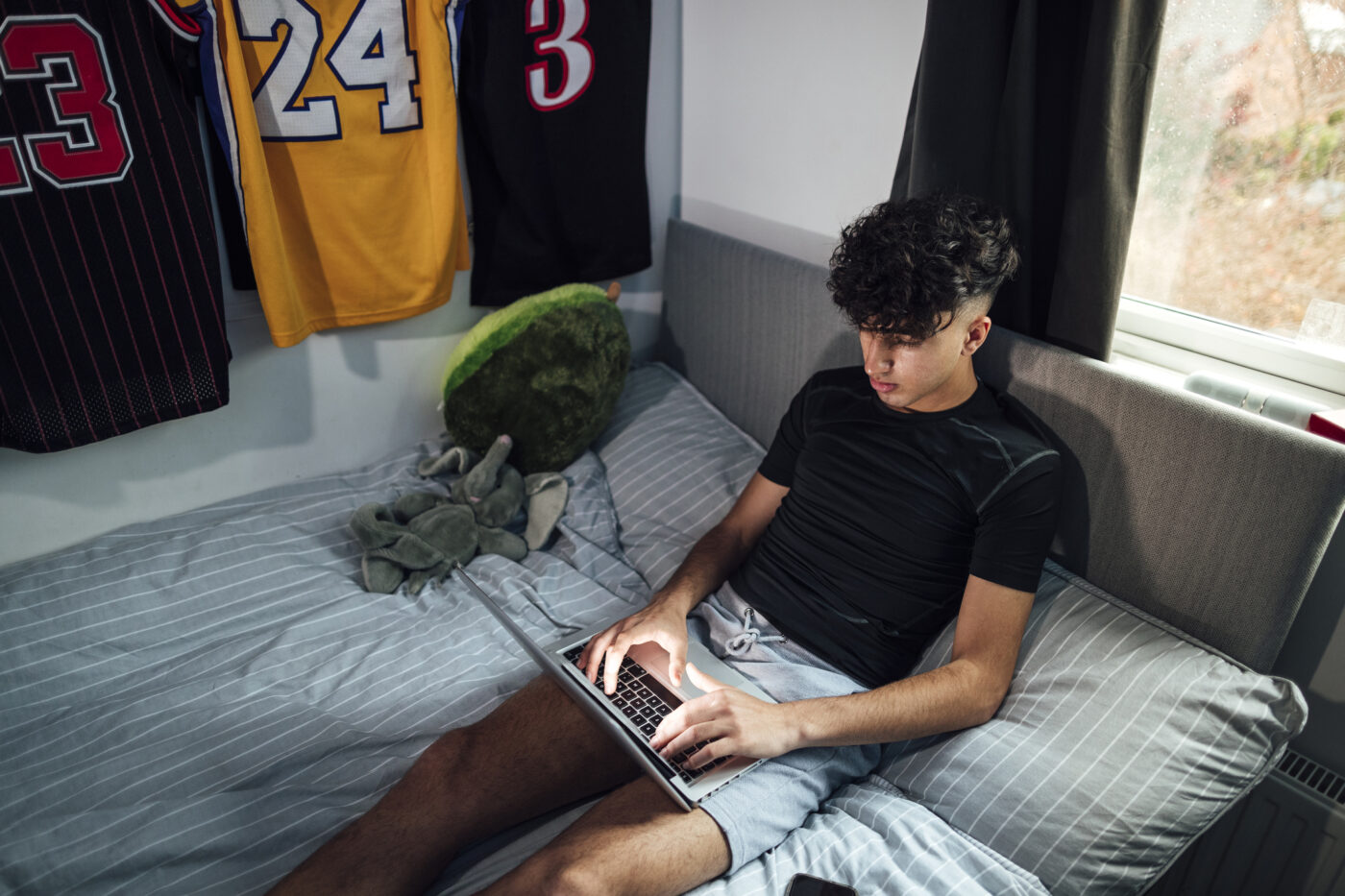
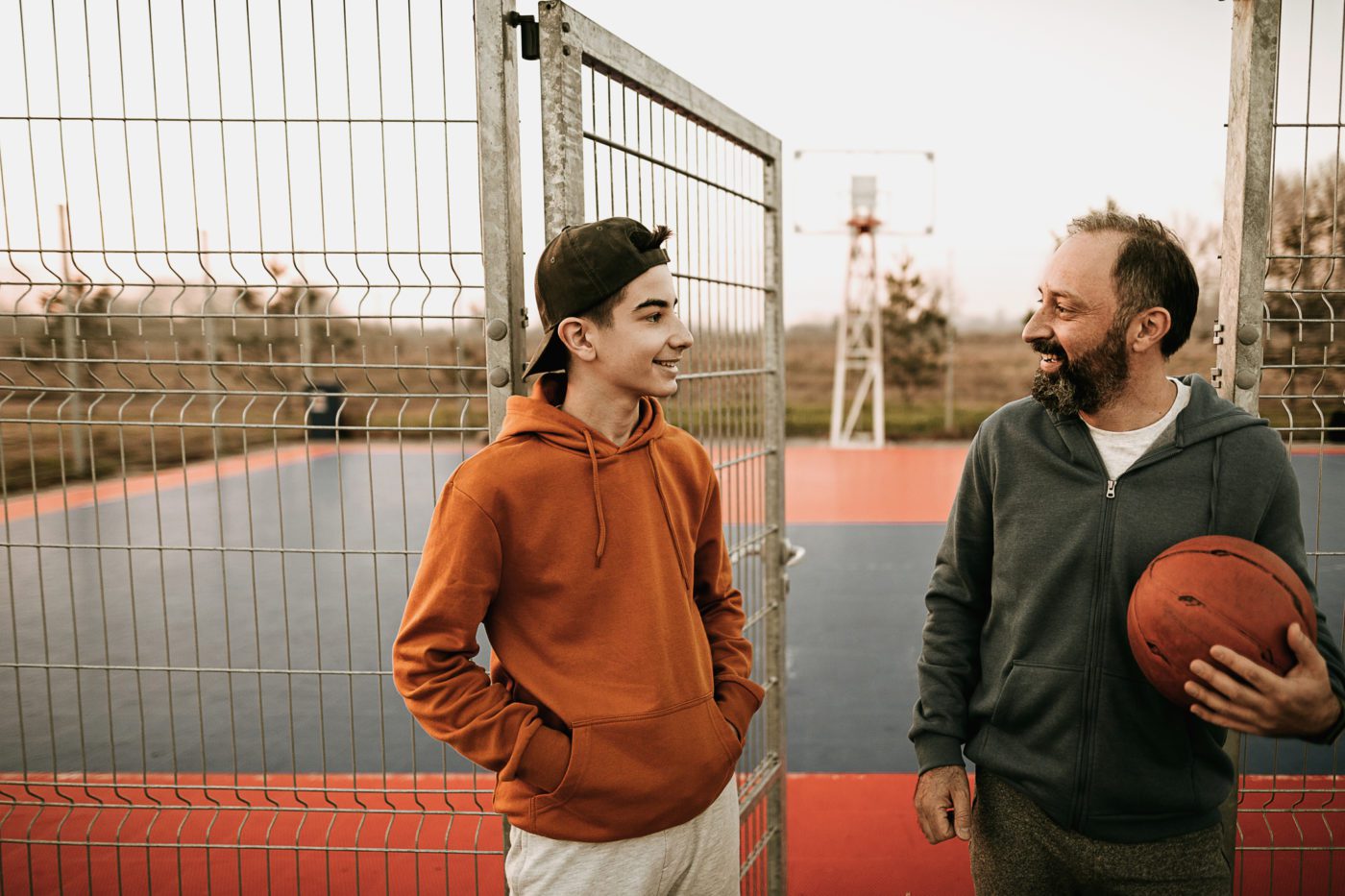
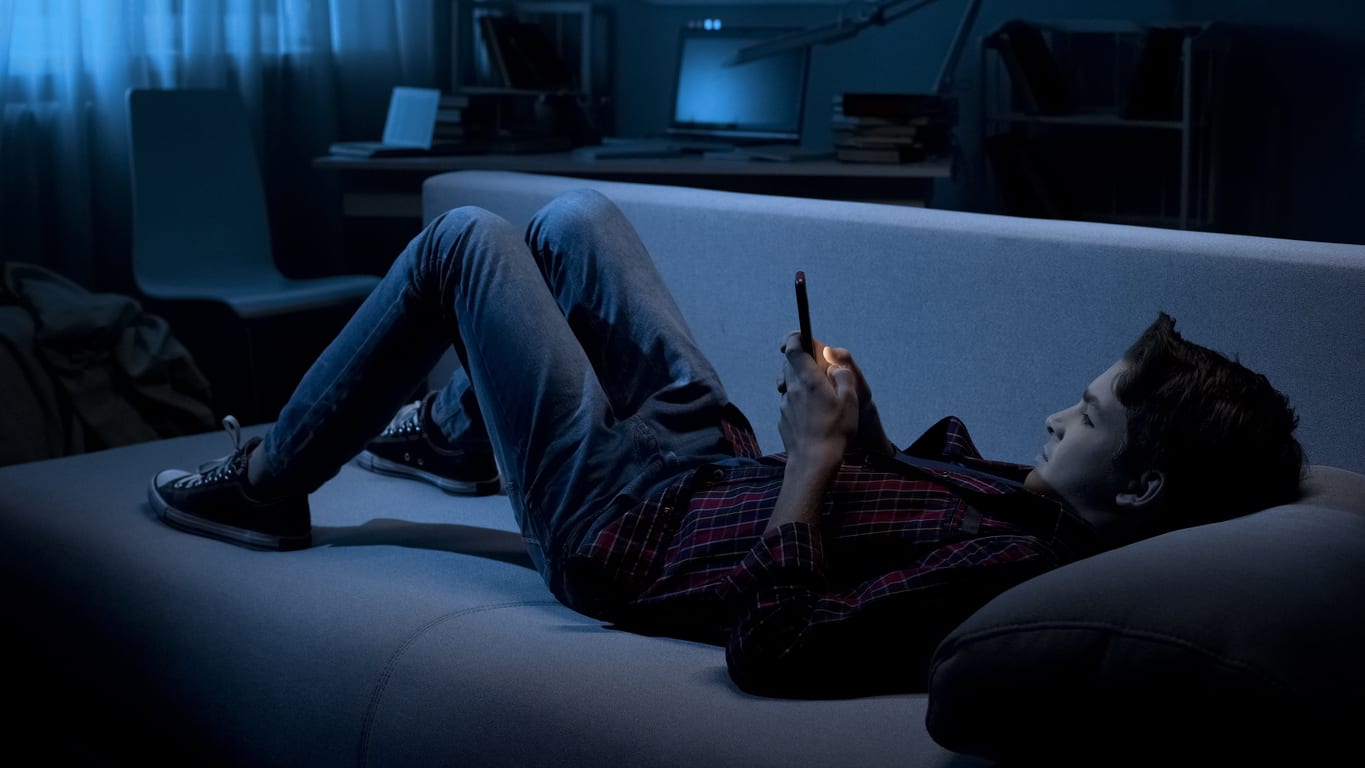
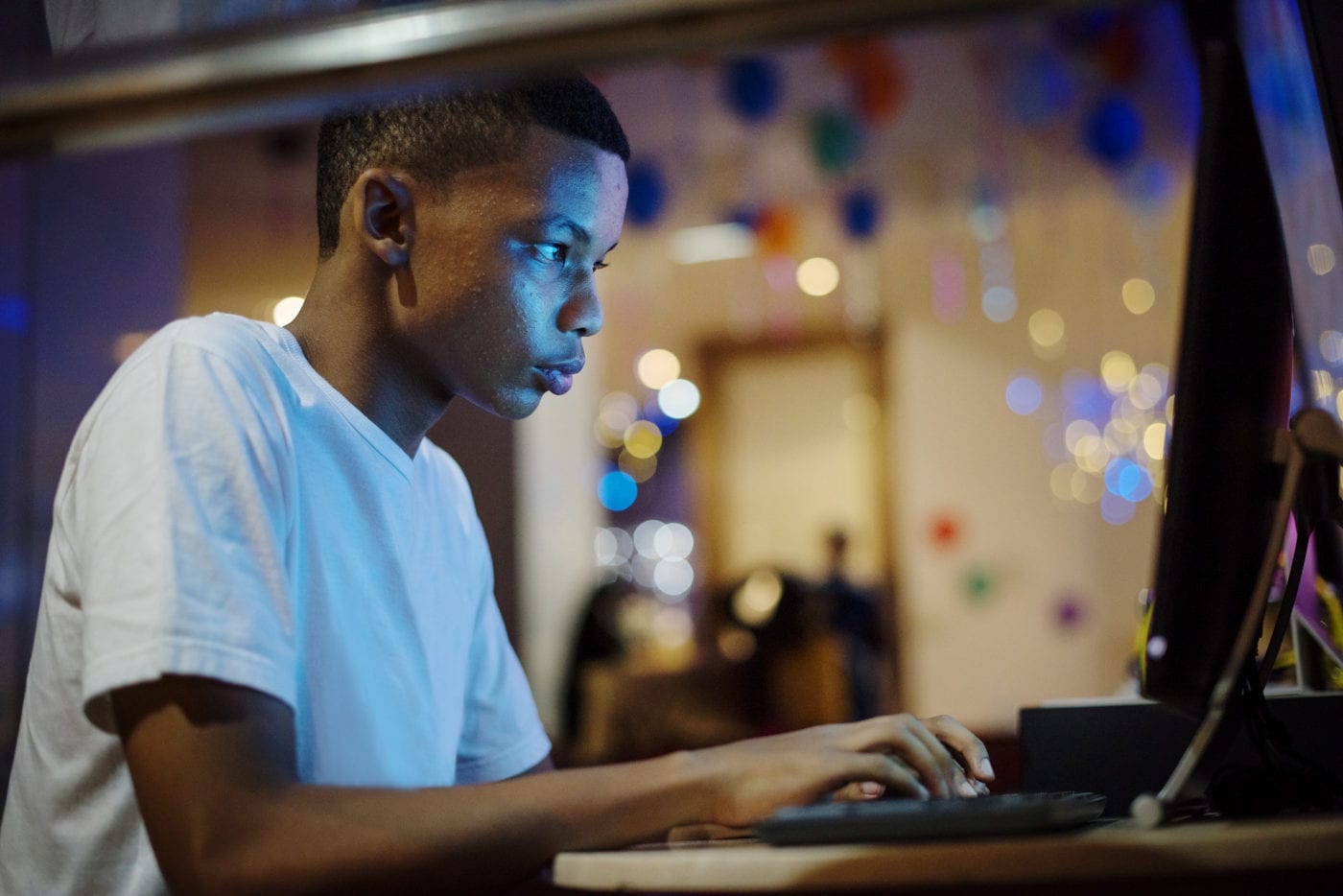


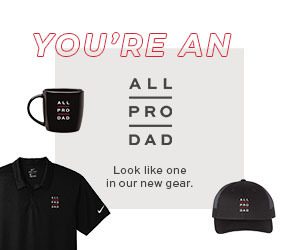



Huddle up with your kids and ask, “What makes a video or movies inappropriate for kids to see?”